Recycling Myths & Misconceptions: 13 Things To Stop Believing
-
Greg Iacono
- Last updated:
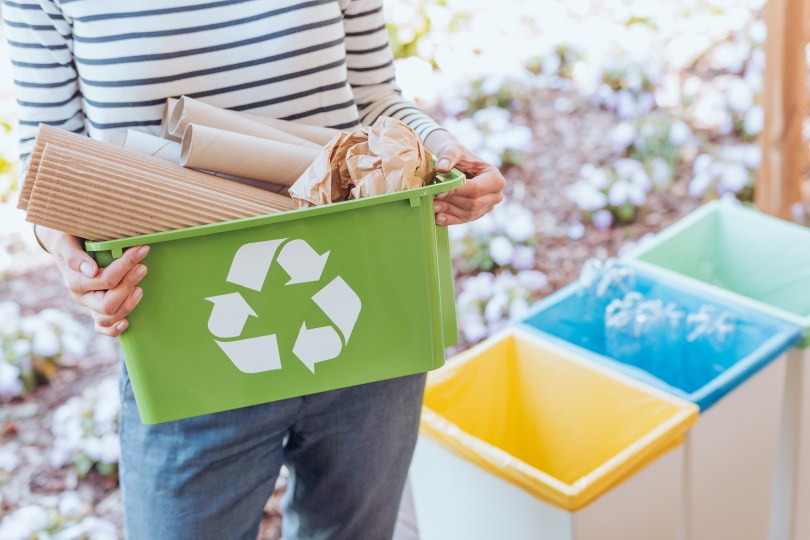
Recycling has been around for several decades in the United States and is seen by many as one of the best ways to keep trash out of landfills, reduce the use of natural resources, and keep our planet green and clean. The problem is that many believe recycling is the end-all and be-all to reducing waste when, in fact, recycling has several drawbacks.
In some ways, recycling creates even more problems. There are many myths and misconceptions about recycling, making it difficult for the average consumer to know its true value and cost.
To help set the record straight, you’ll find a list of 13 recycling myths and misconceptions below.
The 13 Recycling Myths & Misconceptions
1. You Can Discard Plastic Grocery Bags in your Recycling Bin

This misconception about recycling might be one of the biggest and worst. The problem is that plastic grocery bags are recyclable but need to be recycled in a facility with specialized equipment. When you send them in your recycling bin to a regular waste processing and recycling plant, plastic bags tend to jam their machinery.
Although it demands slightly more effort, the solution is to save your plastic bags and drop them into a plastic bag recycling bin at your local supermarket or big-box retailer. From there, the plastic bags are sent to a facility that can handle recycling them. Not sure where to go in your city or town? Click here to see a list of plastic bag recycling locations near you.
2. It’s Better to Crush Aluminum Cans Before Recycling
Americans use over 80 billion aluminum cans yearly; recycling them is an absolute must, and aluminum is one of the easiest materials to recycle. Also, recycling aluminum cans uses 95% less energy than making new cans! The misconception is that you should crush aluminum cans before sending them to the recycling plant.
Not only is crushing aluminum cans unnecessary, but it also causes significant problems for recyclers. When crushed, aluminum cans appear to be “flat” trash, like cardboard, rather than “non-flat” trash, like cans, bottles, plastic jugs, etc. When that happens, the aluminum cans get mixed in with the paper, plastic, and glass, contaminating that stream of waste and preventing it from being recycled correctly.
The solution to this misconception is easy; don’t crush your aluminum and other cans before placing them in the recycling bin. Leave them as-is so that they get sorted correctly.
3. Recycling is Difficult and Time-Consuming

This myth has been around since recycling began and prevents many people from recycling their trash. Yes, years ago, recycling was more difficult as you had to sort everything separately and, in many cases, had to bring your recycling trash to the recycling center yourself.
Today, most towns and cities have recycling centers and pick up recycling curbside. Making it even easier, in most places, there’s no need to separate recycled items or remove labels as machines do both of those tasks. In other words, in most American towns and cities, recycling is easier than ever before.
Despite the myth, you can call your local recycling center and ask them to deliver recycling bins to your home.
4. Food Containers Need to Be Scrubbed Clean before Recycling
One reason many food containers don’t get recycled is that consumers believe they must be thoroughly cleaned before recycling and don’t want to waste water, energy, and soap. While that makes sense, the fact is that food containers don’t need to be spotless, just rinsed out and cleaned off.
A jar of spaghetti sauce should be quickly rinsed, for example, and a pizza box should be free of any food debris. As long as the people working in the recycling plant see that the food container is relatively clean, everything will be fine, and the item will get recycled. More importantly, the workers in the recycling plant won’t have to deal with a moldy, stinky, germ-filled mess, which is much healthier for them.
5. Recycling Centers are 100% Machine Operated
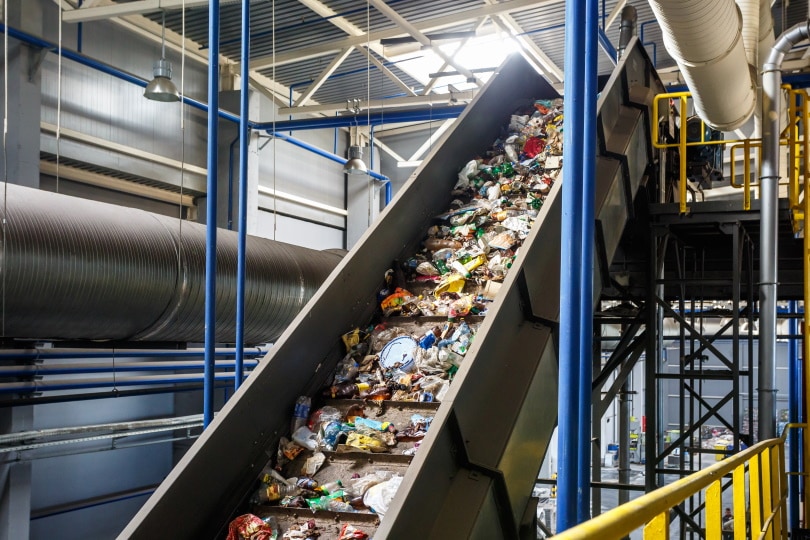
Automation has changed the way many processes are accomplished in the U.S., especially, for example, in the auto industry. Many believe the recycling industry is the same, but recycling facilities rely on human workers to sort and separate recycled trash.
It’s a stressful, relatively risky job, but one that’s necessary for recycling to be accomplished. Because of this human-centric aspect of recycling, practices like not crushing cans and cleaning food containers are necessary. It helps ensure things are recycled correctly and that the recycling plant employees stay safe and aren’t exposed to spoiled food filled with germs and bacteria.
5. If You Can Recycle it, it Will be Recycled
Unfortunately, this misconception is rampant among the American public, as most of us don’t know what goes on behind the scenes at a recycling plant. Like any business, recycling plants operate to make profits. If there’s no profit in a particular material, many recycling plants won’t touch it.
Recycling a particular material takes specialized machinery and infrastructure, including management, storage, pick-up, and more. If there’s no profit in recycling glass in your area, your local recycling plant might decide that spending hundreds of thousands of dollars doesn’t make good financial sense. In short, if there’s no profit in it, recycling even highly recyclable items might not be possible where you live.
7. Recycled Material Decomposes in Landfills
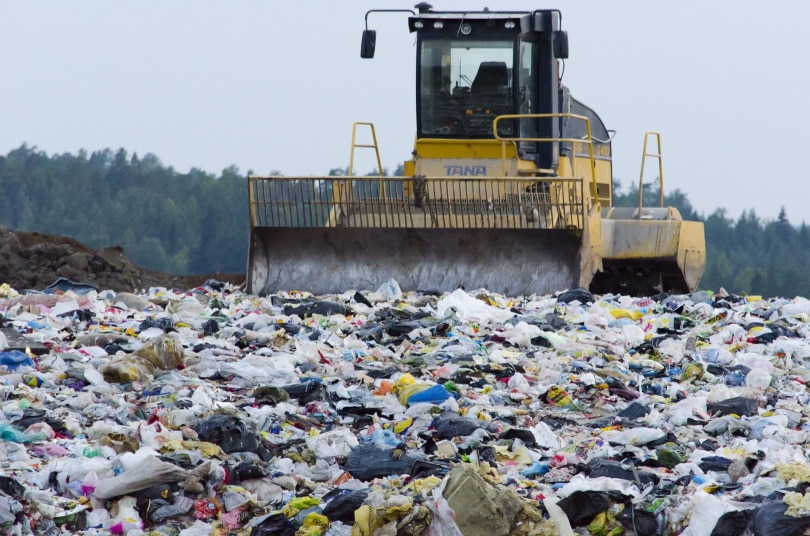
When placed in a landfill, the goal is to ensure that trash doesn’t decompose. Surprisingly, landfills are designed to prevent oxygen from reaching the trash and prevent the flow of moisture around the garbage. Oxygen and moisture flow are essential for decomposition, so landfill trash decomposes much slower.
The reason why is critical; to protect groundwater from contamination. When trash decomposes rapidly, any toxins it contains can leech into the ground and contaminate the groundwater, so preventing decomposition is critical.
To avoid adding to the landfill pile, recycle as much as possible. The more you do, the less trash gets put into landfills, reducing the risk of groundwater contamination. It also opens more landfill space for the waste you can’t recycle.
8. The Recycling Symbol Means an Item is Recyclable
This myth will probably confuse and anger you, especially since plastic producers never educated consumers about the facts. The recycling symbol found on all plastic products doesn’t mean it’s recyclable; it’s simply a code that designates the type of plastic used to make the container.
That’s right, the recycling symbol with three green chasing arrows and the number in the middle only lets you know what type of plastic you’re holding, nothing more. The plastics industry started putting this confusing symbol on plastic products in 1988 to differentiate the type of plastic polymer used in the product’s manufacturing. It has absolutely nothing to do with whether you can recycle it.
9. Recycling Doesn’t Work and is A Waste of Time
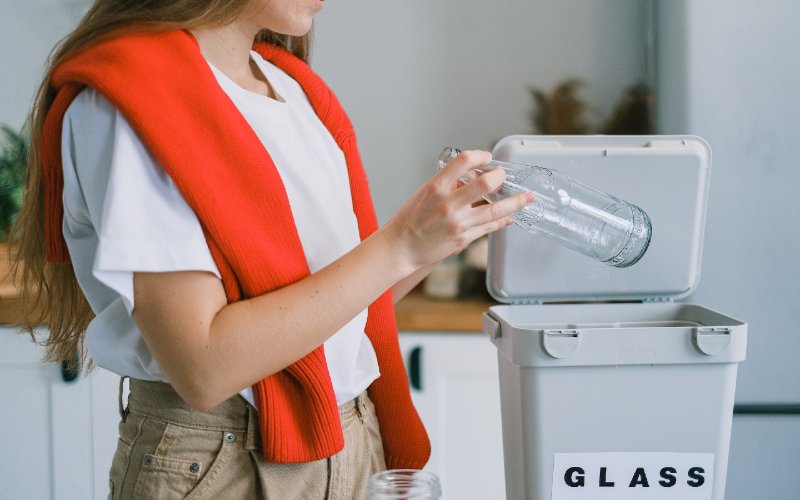
It can be easy to be cynical when it comes to recycling, especially when you hear and read how much waste is entering our oceans and how landfills are filling up quickly. It sounds as if recycling is like throwing a pebble in the ocean and expecting it to rise, but recycling has been proven effective and is critical to reducing the flow of waste. Take these examples, for instance:
- Since 1998, the number of landfills in the United States has dropped from over 8000 to under 1900.
- The landfill crisis in the U.S. was averted primarily due to recycling.
- The demand for many recycled materials is higher than ever.
- There is intense competition among many large companies for recycled materials they can turn into new products.
- Recycled aluminum cans make it back onto store shelves in as little as 60 days.
- Size-wise, the recycling industry is equal in size to the automobile industry, which is massive.
- The recycling industry creates over 1 million U.S. jobs, which is four times the number created by the waste disposal industry.
- Landfills cost more to run and maintain than recycling plants.
10. Recycling Causes More Pollution than it Reduces
This myth about recycling has been floating around for a long time, even though it’s (mostly) wrong. As with any manufacturing process, recycling can cause some pollution, but the truth is that it causes far less pollution than it prevents. An excellent example is recycling paper, which reduces air pollution by 75%.
Recycling steel reduces water pollution by about the same amount since virgin steel uses much more energy than recycled steel. In other words, while recycling may cause some pollution, it prevents far more than it produces.
11. Recycled Products are Inferior to New Products
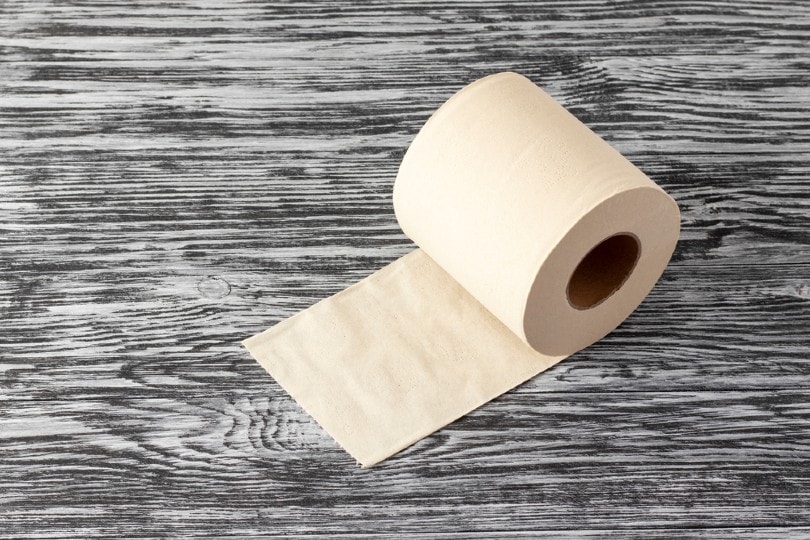
One of the most damaging misconceptions about recycling is that products made from recycled materials are inferior to new products made from virgin materials. Most products are just as good, and even better, after being recycled. You can recycle glass, steel, and aluminum over and over with no discernible loss of quality whatsoever.
A glass bottle made from virgin materials will be indistinguishable from one made with recycled glass, and you can say the same for aluminum cans and anything made with steel. The tin in bimetallic cans will be more useful (and profitable) after being recycled because it will be more refined. Products made from recycled plastic and paper work just as well and, more importantly, reduce the need to source, collect, and refine natural resources.
12. Recycling Wastes Energy
This myth is one many consumers believe; recycling wastes energy. The exact opposite is true in this case, as recycling saves huge amounts of energy every year. One amazing example is that a single recycled aluminum can saves as much energy as it takes to keep a 100-watt light bulb burning for almost 4 hours.
Plus, it takes 95% less energy to recycle an aluminum can than it does to make one from virgin materials. When materials are recycled, the need for raw materials is reduced significantly, which reduces the need to mine and refine them, a process that demands extreme amounts of energy, manpower, and time. In short, recycling uses far less energy, in many cases, than making something new.
13. You Can recycle Compostable Plastics with Other Plastics
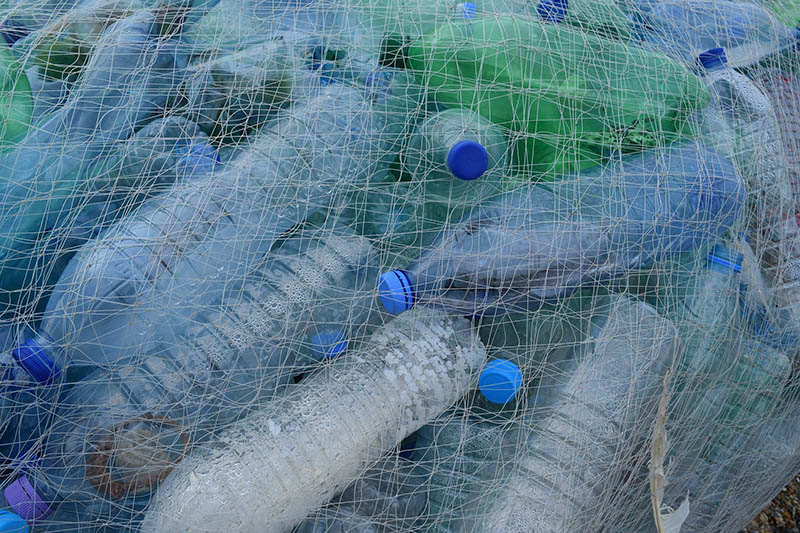
This misconception is relatively new, as compostable plastics have only been around for a relatively short time. The problem is that, in a recycling plant, the five common types of plastic are separated and recycled using different processes, including different temperatures. Compostable plastic melts at a different temperature and, when mixed with “regular” plastic, renders it useless and unable to be recycled.
The solution is to separate compostable plastic from regular plastic so that, at the recycling center, you can recycle both types correctly and efficiently.

Top Recycling Tips to Help you Recycle Better
When, where, and how to recycle things can be confusing. Below are some top tips to help reduce the confusion and turn you into a top recycler!
Don’t Recycle Tiny Stuff
It can be tempting to toss every bit of recyclable trash you have into the recycling bin, including bottle caps, bits of paper, pull tabs, etc. The problem is that these tiny items can gum up the recycling plants’ machinery and cause major problems and downtime. An outstanding rule of thumb is not to recycle anything smaller than a credit card.
Don’t Bag Your Recyclables, Leave them Loose
There’s no need to put recycled items into plastic bags, and, in fact, doing so causes problems for recycling facilities. Instead, put all recycling items loosely into your recycling bin. You can, however, place shredded paper in a paper bag.
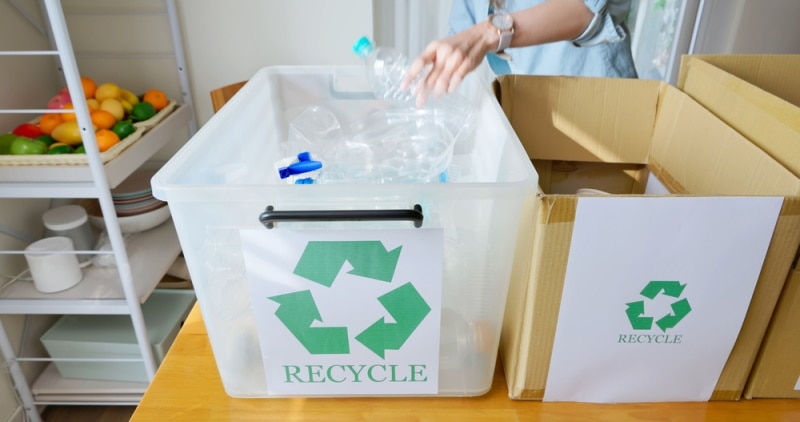
Only Recycle Recyclable Items
In their quest to be better recyclers, some people put materials in their recycling bins that can’t or shouldn’t be recycled. Christmas lights, electronics, and garden hoses are some of the biggest offenders because you can’t recycle them (even if you want to). In short, before putting anything in your recycling bin, make sure you can actually recycle it.
Clean off all Food Residue
We mentioned this in one of the myths and misconceptions above, but it begs repeating. While they don’t need to be sparkling clean, a quick rinse or brush to remove food residue from food containers is very helpful and will make it much easier for them to be recycled. If you let the containers dry out first, that would be even better.
Never Put Broken Glass in your Recycling Bin
Broken glass, while recyclable, can’t be processed correctly at a regular recycling plant and can cause major problems for the machinery used there. Worse than that, broken glass is a safety risk for plant workers, so if it’s broken, toss it carefully in your regular trash instead.
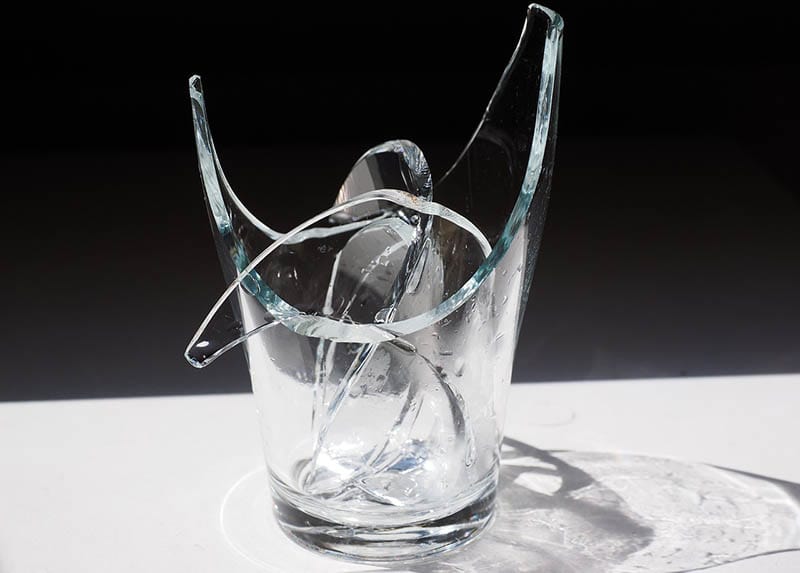
Final Thoughts
Recycling, as we’ve seen today, is necessary, worthwhile, and makes a substantial difference for the planet and the environment. Is recycling a perfect solution? No, but it’s constantly improving as the recycling industry upgrades its methods and processes.
Hopefully, by exposing these myths and misconceptions and bringing you the facts instead, you now have a better idea of when, why, and how to recycle your recyclable trash.
Recycling might not be the perfect solution, but it’s one of the best we have for reducing the amount of waste thrown into landfills, decreasing the pollution of our air, land, and water, and lowering our need for valuable resources.
- http://www.wiu.edu/sustainability/recycling_myths.php
- https://brightly.eco/blog/recycling-myths
- https://www.goodhousekeeping.com/home/g804/recycling-symbols-plastics-460321/
- https://www.republicservices.com/blog/7-tips-and-tricks-to-simplify-recycling
- https://www.edcgov.us/Government/emd/solidwaste/pages/reduce_reuse_and_recycle.aspx#:~:text=Recycling%20Reduces%20Pollution%20Risks&text=Recycling%20reduces%20the%20risks%20of,and%20water%20pollution%20by%2076%25.
- https://www.wasteawaysystems.com/blog/recycling-myths
- https://www.colorado.edu/ecenter/2022/04/26/debunking-recycling-myths
Featured Image Credit: Photographee.eu, Shutterstock
Contents
